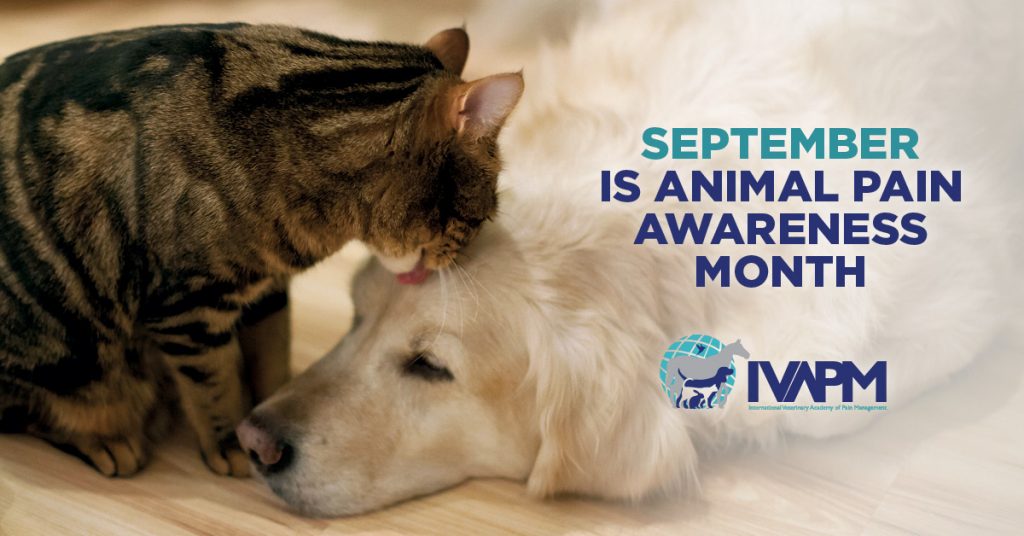Signs That Your Pet May Be in Pain
As we close out Animal Pain Awareness Month, we wanted to leave you with some information to help you determine if your pet may be experiencing pain. Unfortunately, pets cannot talk to us to let us know if there is a problem. Thus, we must rely on other methods to decipher whether they are experiencing any pain. One of the best methods to determine if your pet is in pain is to observe their behavior.
As we discussed in a recent blog, there are several causes of pain, both acute and chronic. Acute pain may be more obvious while chronic pain may be more subtle. Often, chronic pain is misconstrued as “getting old” but the International Veterinary Academy of Pain Management (IVAPM) is quick to point out that age is not a disease. Pain however is a disease and pain management is important to maintain your pet’s quality of life.
So how do you know if your pet is experiencing pain? Aside from the more obvious signs such as limping, one of the best ways to determine whether your pet may be in pain is a change in their behavior. This can include an increase in anxiety, depression, or aggression as well as decreased social interaction or play. Your pet may become less active or have difficulty doing things that were not a problem before. For instance, they may have trouble getting up from lying down or they may have difficulty jumping or going up and down stairs.
Other changes may include decreased grooming, particularly for cats. Some pets however over-groom areas of pain and may lick or bite excessively at an area that hurts. They may also experience decreased appetite as well as changes in their bathroom habits. Changes in posture as well as increased respiration or excessive panting can also be a sign of pain. You can view an extensive list of symptoms for both dogs and cats on the IVAPM website.
It is important to keep an eye out for signs that your pet may be in pain. Pain management is an invaluable tool in maintaining happy and healthy pets. Last week, we introduced you to Veterinary Pain Specialist, Dr. Douglas Stramel. While his practice focuses primarily on pain management, all veterinarians are equipped to handle painful pets in some capacity. Your veterinarian may also be able to recommend a local pain specialist if you’re seeking a more in-depth approach to pain management.
As always, if you think your pet may benefit from VetStem Cell Therapy, speak to your veterinarian or contact us to receive a list of VetStem providers in your area.








